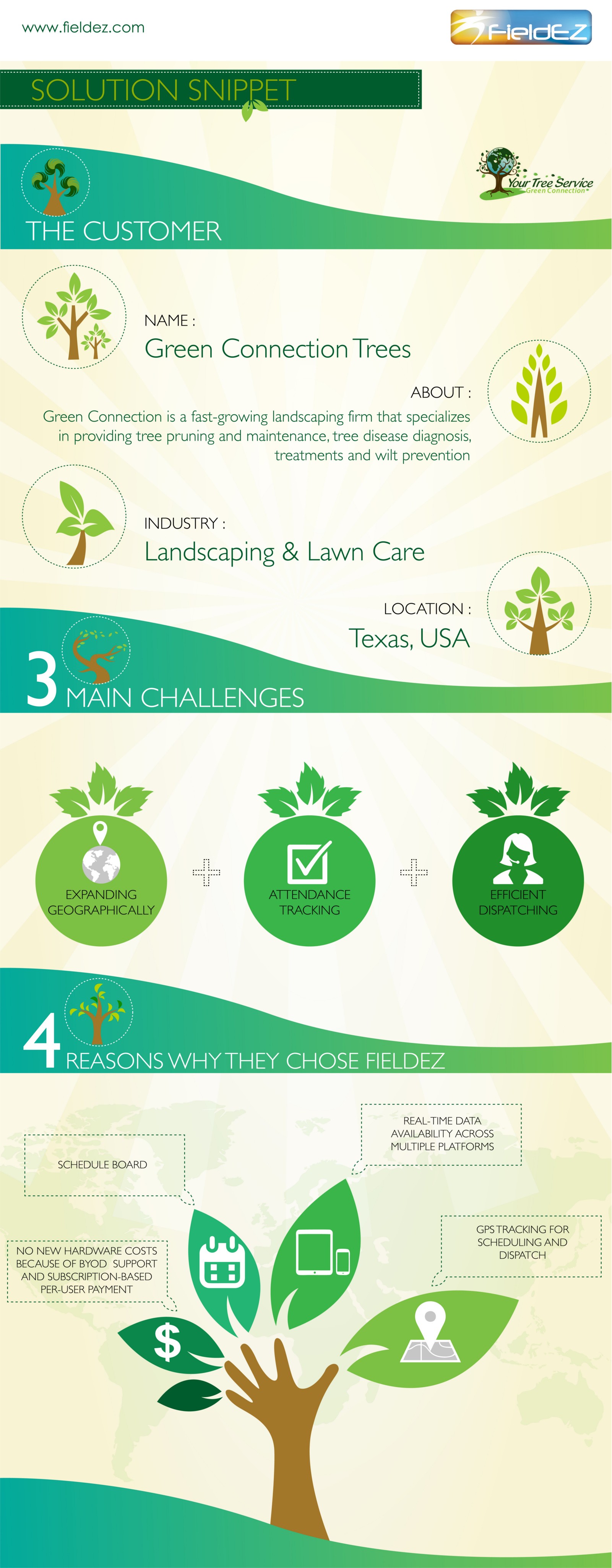Identifying The Correct Time For Tree Elimination - A Guide For Homeowners
Identifying The Correct Time For Tree Elimination - A Guide For Homeowners
Blog Article
Material Writer-Hermansen Conway
Trees add beauty and worth to home, however they can likewise pose a risk during extreme weather occasions. If a tree has stopped expanding, is exhibiting noticeable fungal growth, or has a leaning trunk, it must be eliminated by an expert to stay clear of home damages and injury.
To read more, participate in a home owner source fair co-hosted by HPD, the Center for NYC Neighborhoods, and Brooklyn-based real estate partners this evening in Bedford-Stuyvesant. The event will certainly feature the Homeowner Handbook, a brand-new guide to assist property owners navigate the obligations of possessing a home.
1. Dead or Perishing Branches
Trees are an indispensable part of your home's landscape, supplying shade and beauty. They additionally supply sanctuary for wildlife and create oxygen, yet also healthy and balanced trees can experience illness that might demand their removal. Dead or passing away trees aren't simply unsightly, they can be hazardous. Their branches could drop throughout a tornado, causing expensive property damages and injuries.
When a tree's branches start to pass away, it implies that its framework is beginning to break down. If the majority of its branches are dead, it is likely time to remove it.
Search for a lack of new growth, bark peeling, open wounds or dental caries, fungis growing on the trunk or roots and a general look of decay in the entire canopy. These indicators of infection can show a significant issue that will need expert tree services to deal with.
2. Leaning Trunk
While it's typical for trees to lean every now and then because of phototropism, if a tree has an unsafe or serious lean that's not as a result of natural processes - it could be a sign that the tree requires to be eliminated. If the tree is leaning toward a power line, home, automobile, play framework or any other area that could be hazardous to people if it falls, then getting in touch with a professional tree service for removal must be a leading concern.
informative post 's also vital to look for any sudden changes in a tree's leaning as it can show damage to the roots or trunk that may bring about falling. This is specifically true throughout stormy weather, considering that high winds and rain-soaked soil can trigger a lean to change promptly. Normal tracking, particularly during and after storms can aid house owners acknowledge potential issues with their trees so they can call an arborist for a comprehensive evaluation.
3. Pest Problem
Some pest infestations, such as wood-boring pests like emerald ash borer or sap-suckers like scale insects, are so extreme that they can cause a tree to die. The most effective way to prevent pest invasion is to check your trees on a regular basis. Search for places, holes, or discolorations in the leaves and bark. Take a look at the trunk for fractures and indications of insect damage, such as tunnels or tracks.
If a tree ends up being as well plagued with pests, or is close to a home or power lines, an arborist may suggest removal. If pro tree service leaning tree develops a new, unstable lean, an arborist will likely recommend elimination as well to make certain the safety of individuals and residential property. If a damaged or dead tree constantly loses too much branches, it is a sign that it is time to get rid of the tree. If https://www.totallandscapecare.com/landscaping/contain-yourself-gearing-up-for-fall-with-container-garden-ideas/ remains to shed branches for a prolonged amount of time, it could bring about architectural issues and possible residential property damage.
4. Damaged Trunk
Trees are a lovely and vital part of our landscape, however they do require routine care to keep them healthy and balanced and safe. If a tree is damaged irreparable it is likely time for it to come down.
Try to find indicators of damage to the trunk, including vertical splits, seams, dead branch stubs, noticeable wounds or open cavities and extreme tree-rot. The existence of fungi at the base of the trunk is one more warning indication. Fungi might suggest that the phloem and xylem (life-support cells) are compromised, allowing for the spread of disease or a future failure.
Additionally, take into consideration whether the tree has quit expanding. Healthy and balanced trees will certainly have brand-new growth each year, which may be visible as buds or branches sprouting and expanding. If you do not see any kind of brand-new development, it's a good concept to have an arborist examine the tree and follow their referral for removal. A passing away or harmed tree can drop and cause residential property damages.